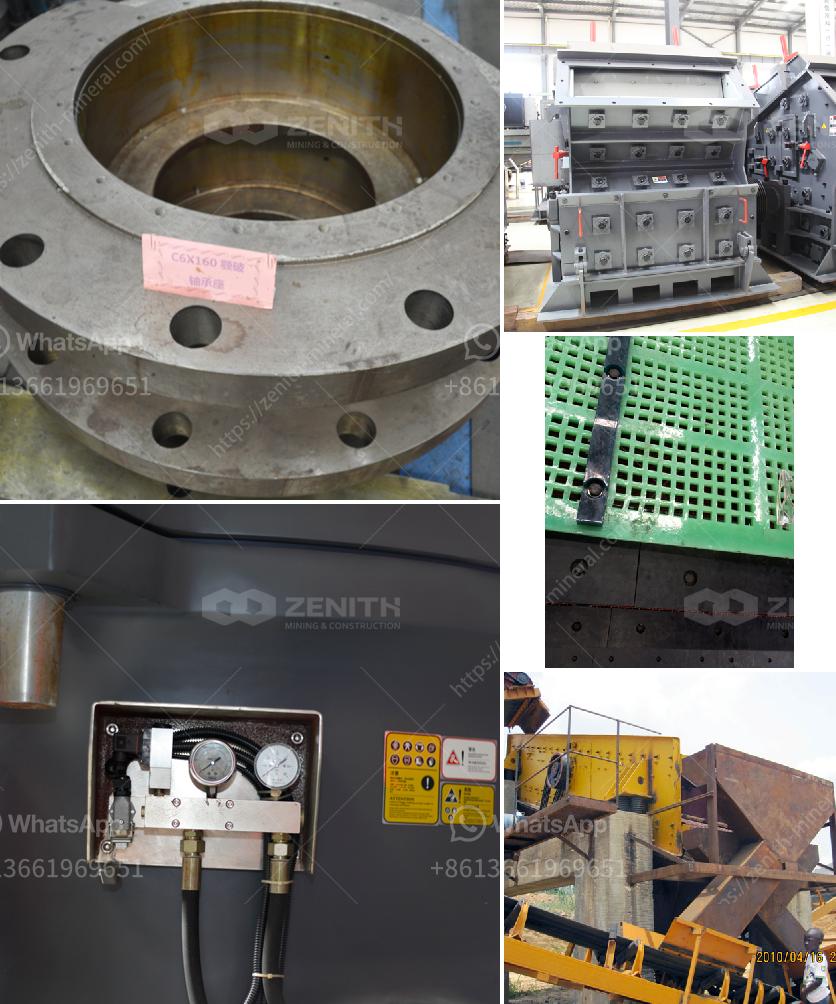Calcite mining and processing involve several steps to transform raw calcite into usable materials. Here’s an overview of the typical process:
-
Exploration and Site Selection:
- Geologists conduct surveys to locate calcite deposits.
- Various techniques, including satellite imagery and core sampling, are used to evaluate the quality and quantity of the calcite.
-
Extraction:
- Open-pit mining is the most common method employed for calcite extraction.
- Heavy machinery such as bulldozers and front-end loaders are used to remove overburden (the surface material covering the calcite ore).
- Drilling and blasting techniques are sometimes employed to break up hard rock, making it easier to remove.
-
Crushing:
- Once extracted, the raw calcite is transported to a crushing facility.
- The calcite is subjected to primary and secondary crushers to reduce its size to manageable pieces.
-
Screening and Washing:
- The crushed material is screened to separate finer particles from larger ones.
- Washing may be performed to remove impurities and dust from the calcite.
-
Grinding:
- The calcite pieces are ground into a fine powder or various sized granules, depending on the intended use.
- Grinding mills or pulverizers are employed for this purpose.
-
Classification and Separation:
- The powdered calcite is classified by particle size using air classifiers or sieving machines.
- Further processes such as flotation may be used to enhance the purity and separate calcite from other minerals and impurities.
-
Chemical Processing (if needed):
- For specific applications, calcite may be subjected to chemical treatments.
- This can include acid washing or the addition of chemical reagents to alter its properties.
-
Drying and Packaging:
- The final calcite product is dried to remove any remaining moisture.
- It is then packaged in bags or bulk containers for distribution and sale.
-
Quality Control:
- Throughout the process, quality checks are performed to ensure the calcite meets industry standards and customer specifications.
- This can include testing for purity, particle size distribution, and other relevant parameters.
-
Shipping:
- Finally, the processed calcite is shipped to customers or further manufacturing facilities for use in various applications such as construction, pharmaceuticals, agriculture, and more.
This multi-step approach ensures that the calcite is mined and processed efficiently and meets the desired quality and standards for its various applications.

